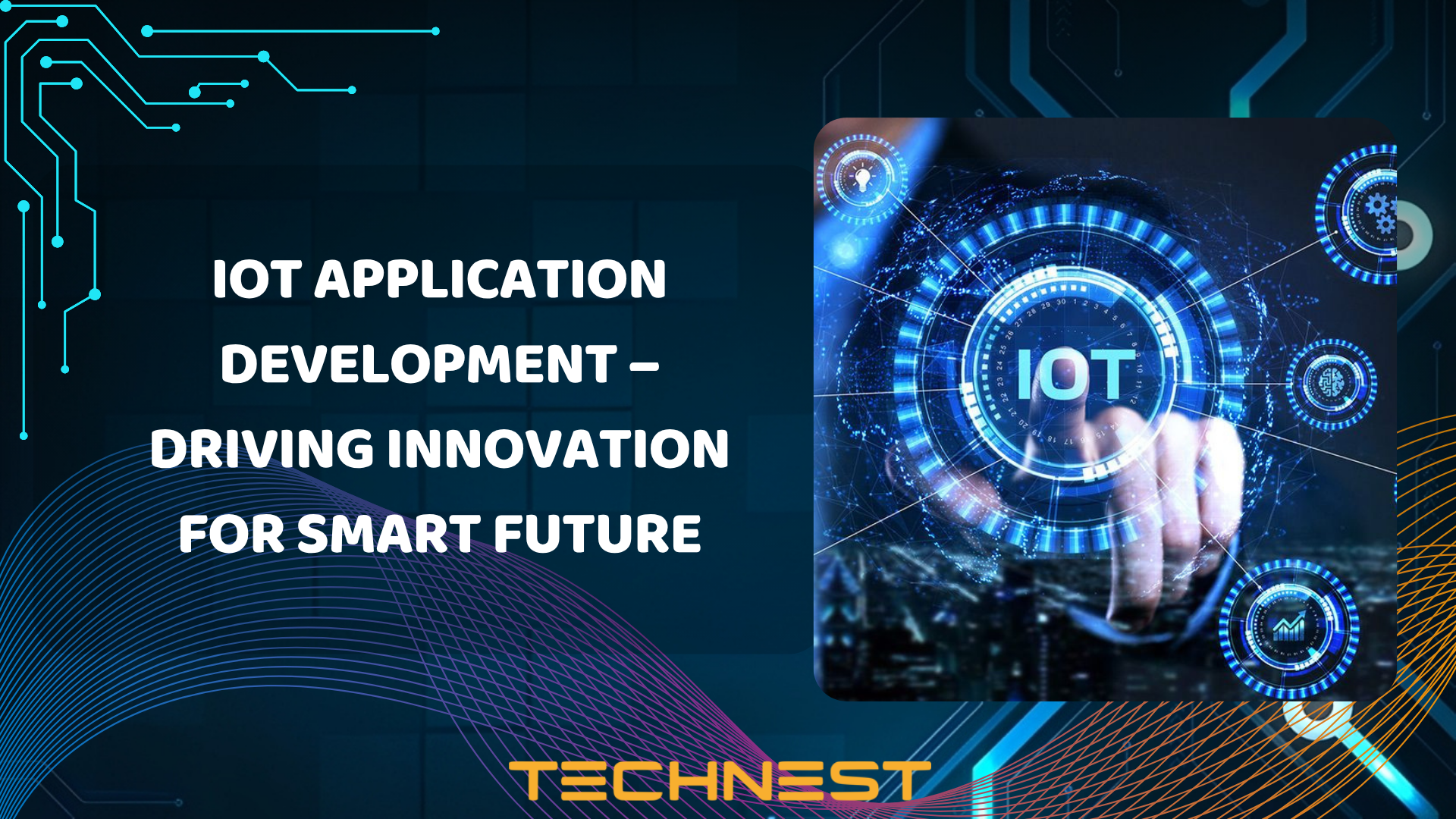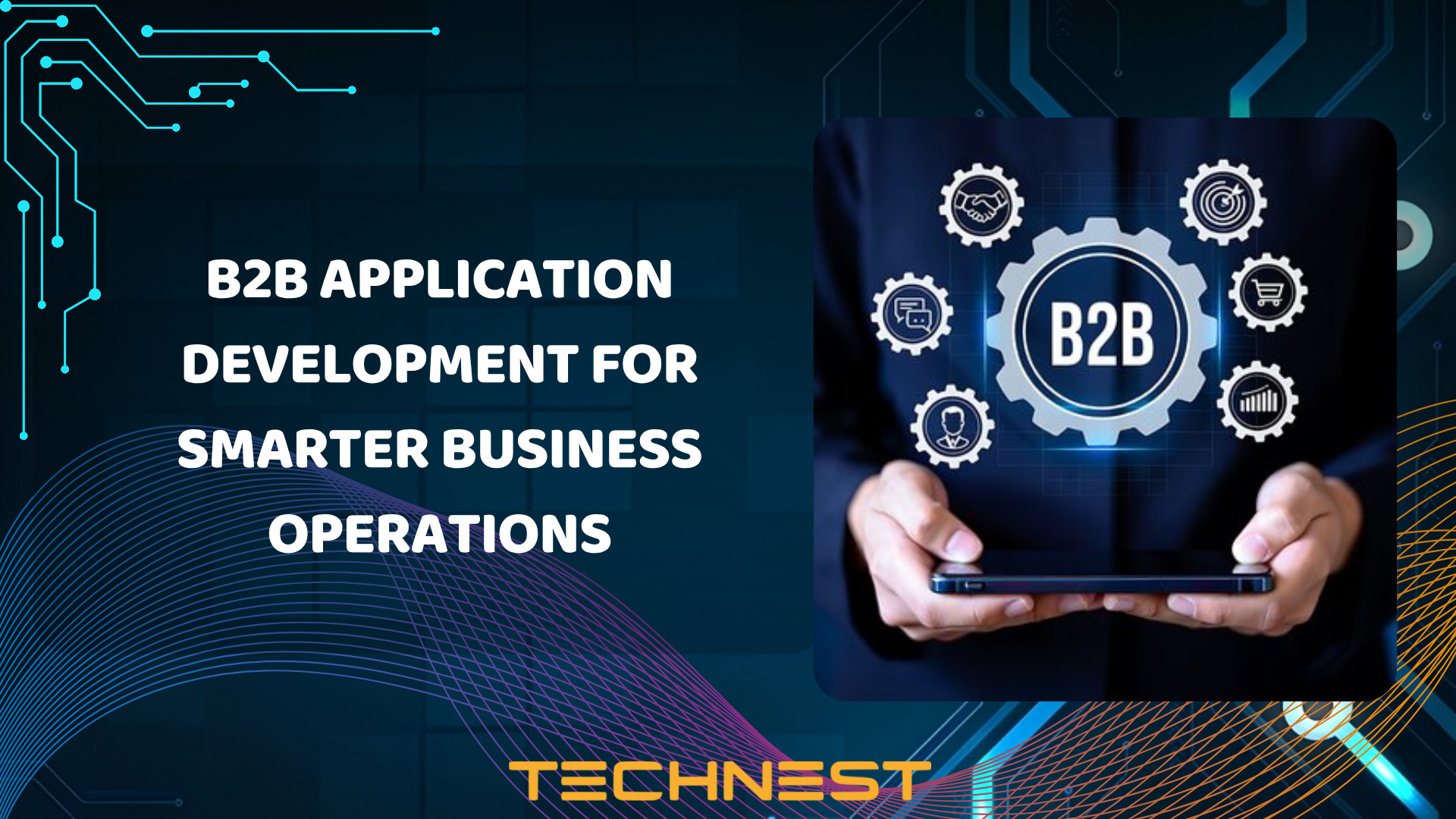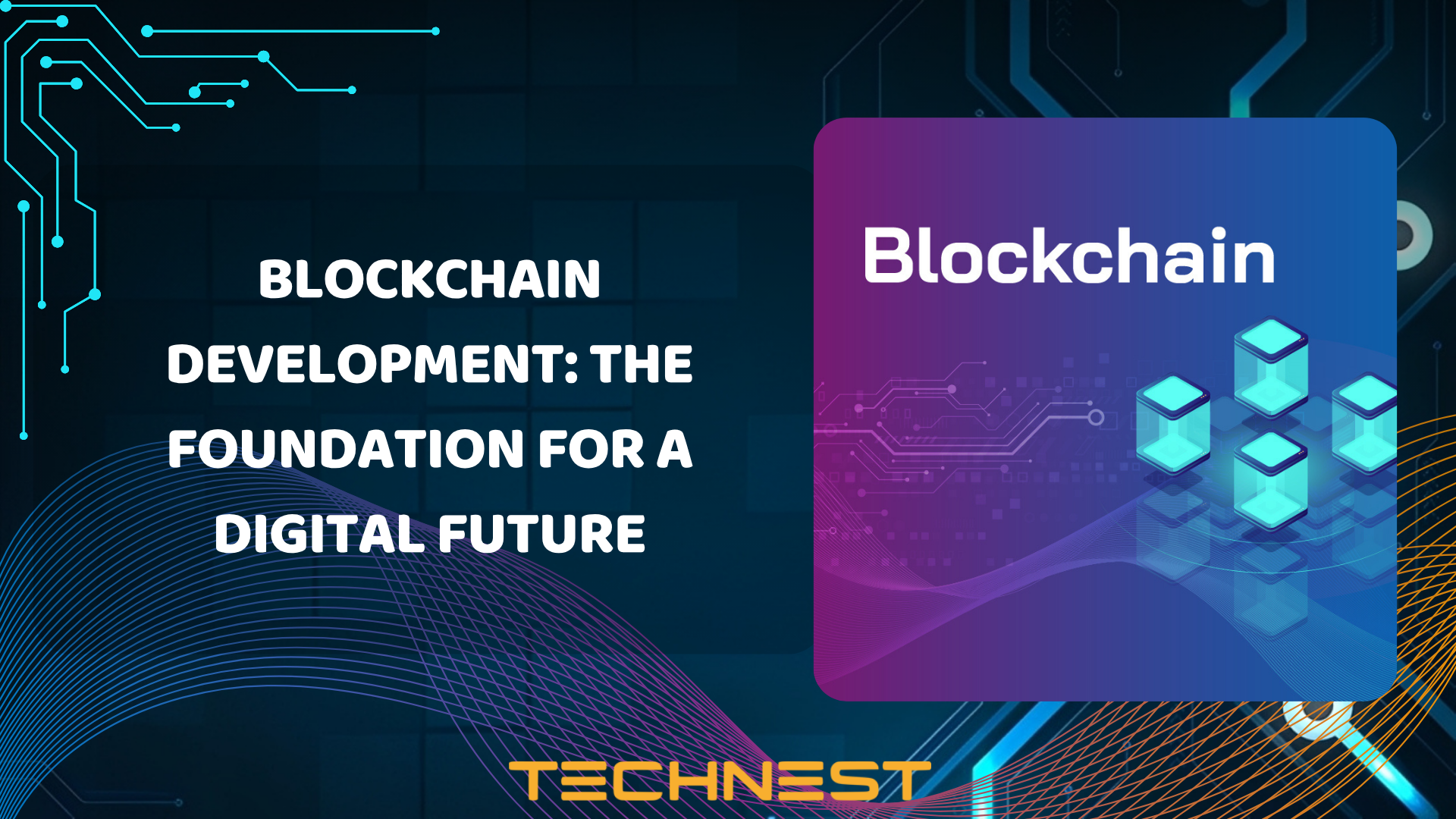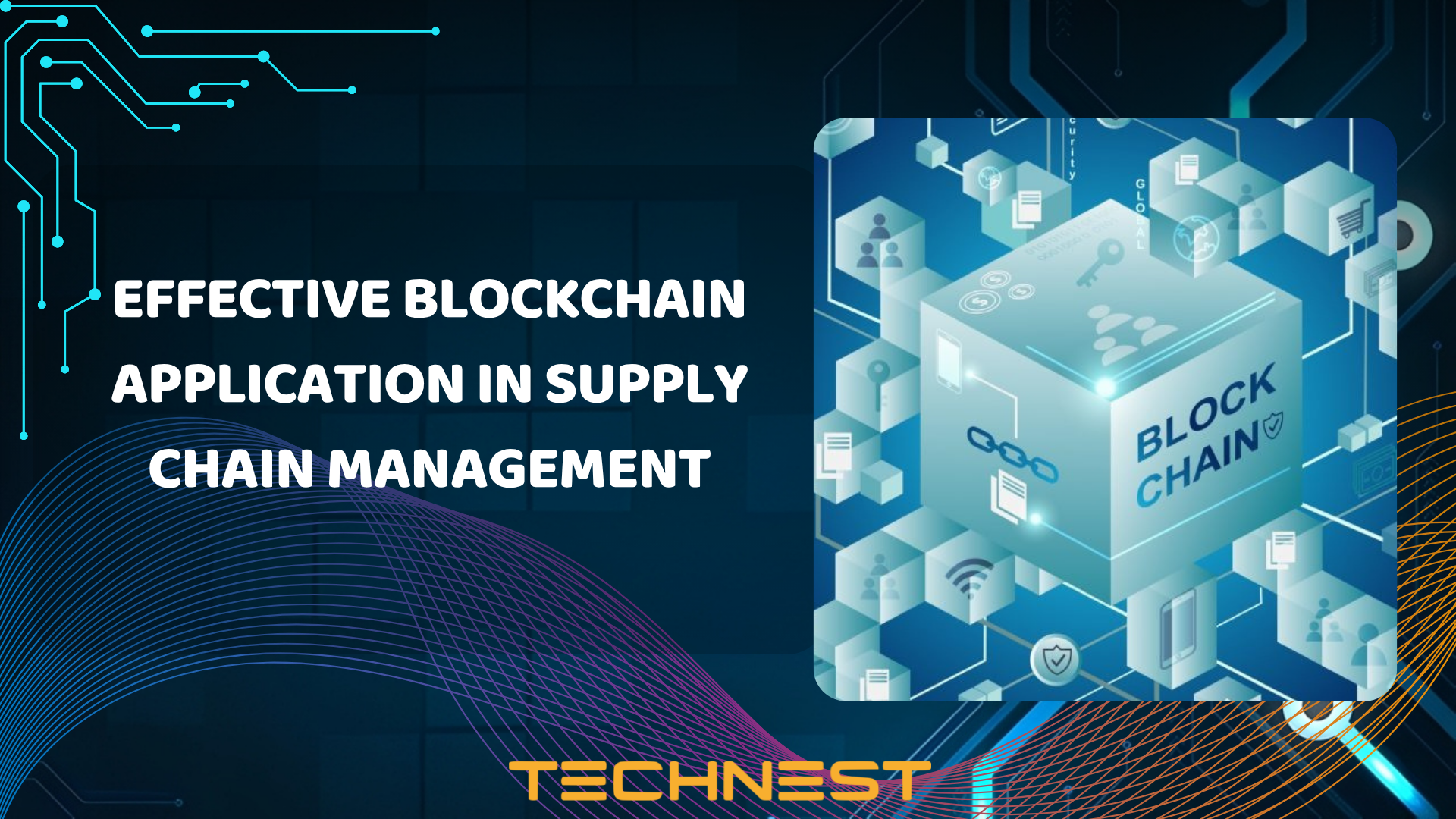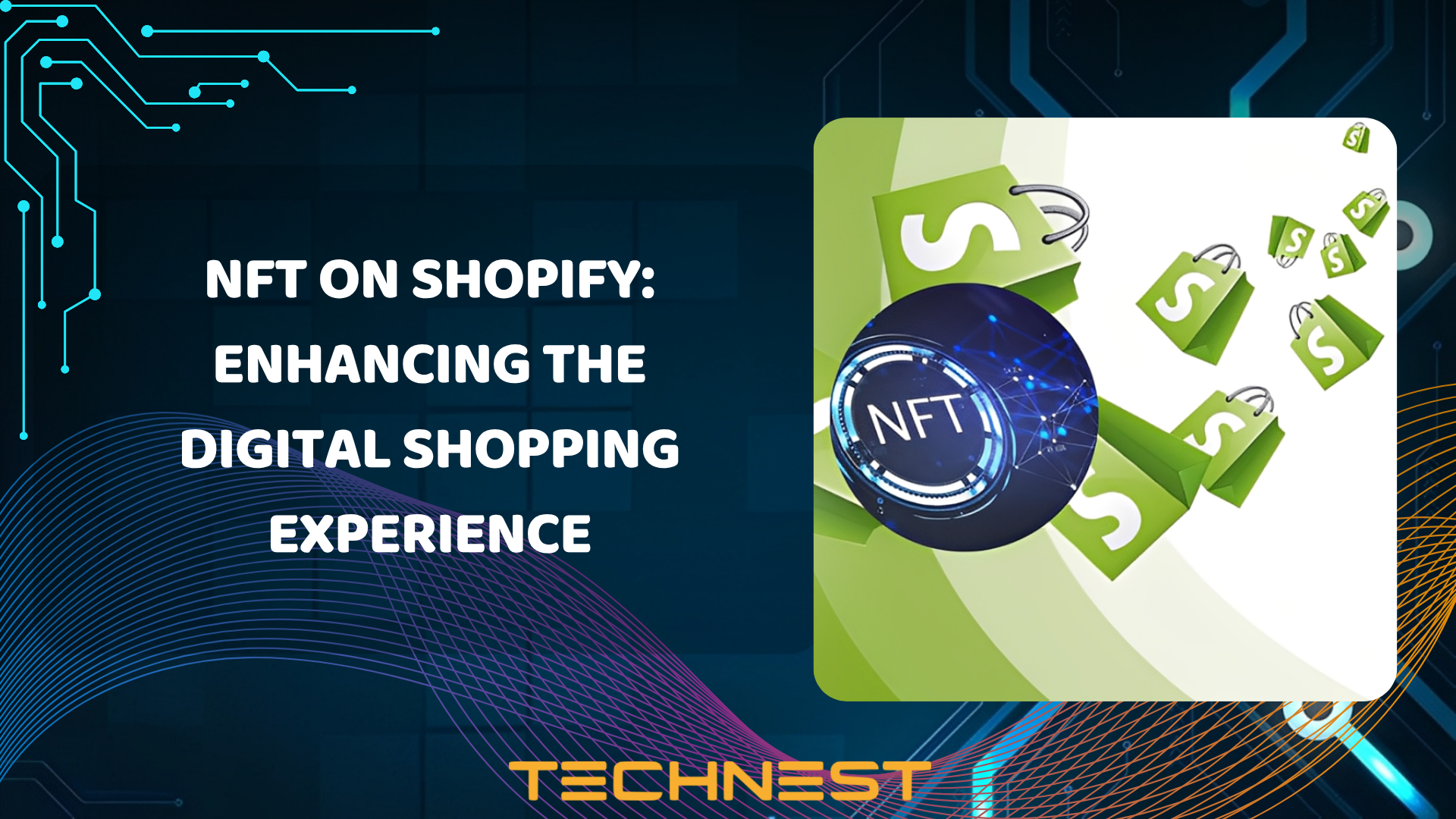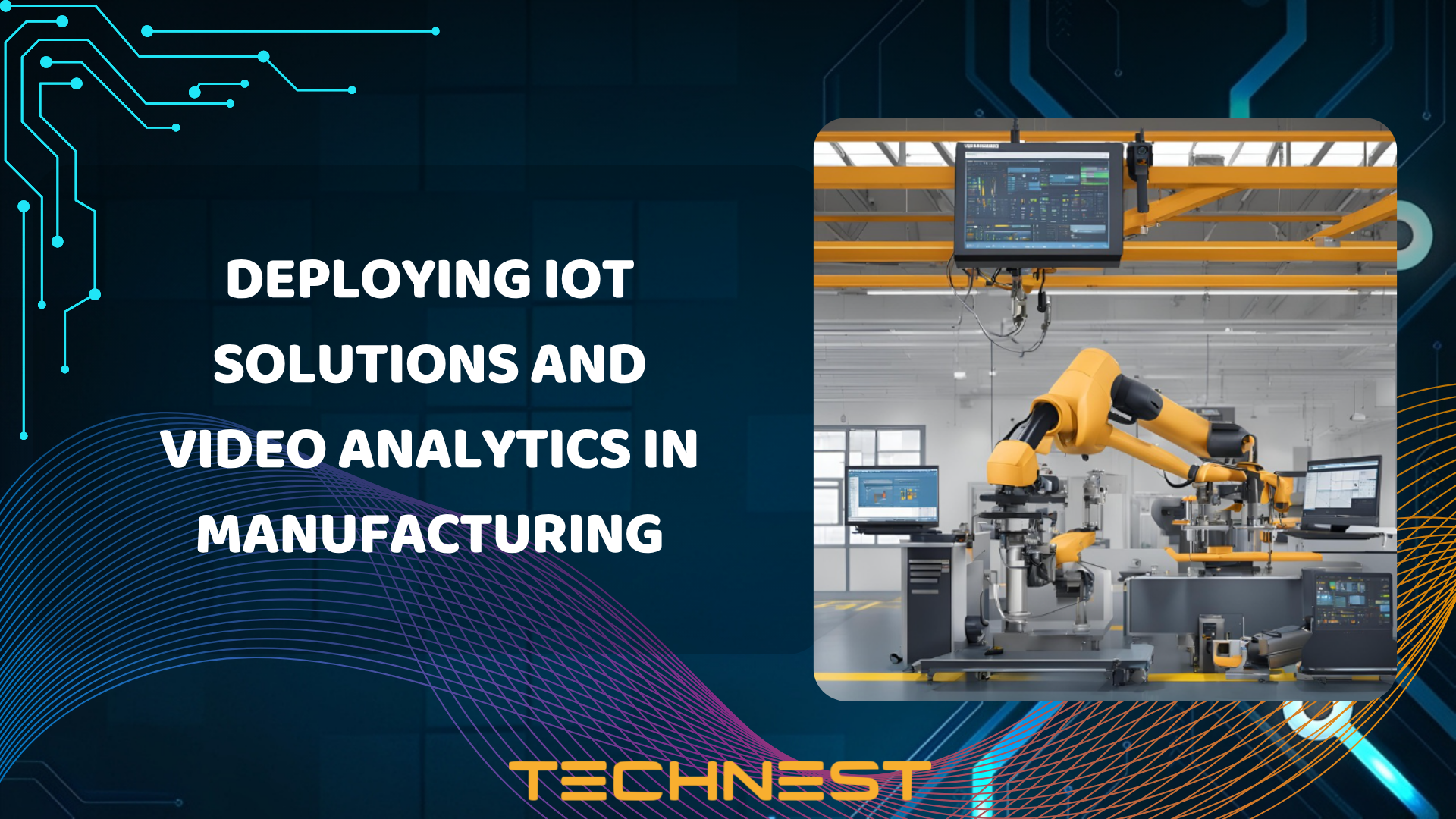IoT Application Development: Driving Innovation for Smart Future
About project
IoT Application Development is rapidly becoming an essential trend in the era of Industry 4.0, where every device can be connected and intelligently exchange data. With capabilities such as automation, remote monitoring, and performance optimization, IoT applications empower businesses to boost productivity, reduce operational costs, and accelerate digital transformation. This evolution opens the door to a new era of smart connectivity across sectors—from manufacturing and agriculture to healthcare and urban infrastructure.
Introduction to IoT and Its Development Trends
In the age of the Fourth Industrial Revolution, the Internet of Things (IoT) has emerged as a core technology shaping the future. IoT refers to a system of interconnected smart devices that communicate via the internet, enabling them to collect, process, and share data autonomously, without direct human intervention.
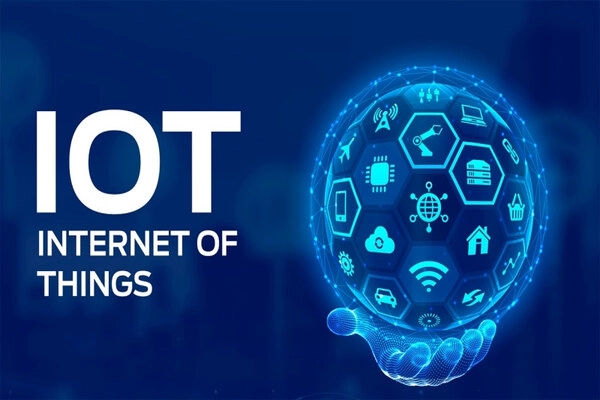
From smart homes and smart factories to smart cities, IoT applications are infiltrating every aspect of modern life. IoT Application Development not only enhances operational efficiency and cost savings but also paves the way for enterprise-wide digital transformation.
Benefits of IoT Application Development
1. Optimizing Operational Processes
One of the most prominent advantages of IoT Application Development is the automation of operational workflows. Through smart sensors and connected devices, businesses can monitor machinery, track production lines, and receive early alerts for potential failures. For instance, vibration sensors in a factory can detect anomalies and trigger predictive maintenance, reducing downtime and optimizing maintenance costs.
2. Real-Time Data Connectivity and Management
IoT systems create vast data networks, collecting information from multiple sources in real time. This enables managers to track performance, analyze trends, and make data-driven decisions swiftly. Real-time insights are crucial for improving competitiveness and market adaptability.
3. Enhancing Customer Experience
With IoT, products evolve into intelligent experiences. Smart appliances can learn user habits and adjust settings like temperature, lighting, or security automatically. In retail, IoT enables personalized services, increasing customer satisfaction and loyalty.
The IoT Application Development Process
Effective IoT Application Development requires a structured and scientific approach, typically involving the following stages:
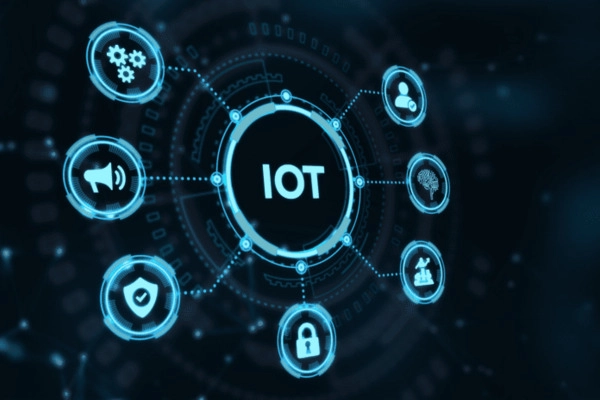
1. Needs Analysis and Goal Definition
Businesses must clearly identify the problem they aim to solve with IoT—whether it’s energy management, production monitoring, or customer service enhancement. Defining precise goals helps in selecting the right technologies and avoiding inefficient investments.
2. System Design and IoT Platform Selection
This phase involves designing the overall IoT architecture, including end devices (sensors, actuators), communication networks, data processing platforms (cloud or edge), and user interfaces. Choosing platforms like AWS IoT, Google Cloud IoT, or Azure IoT Hub is critical for ensuring security, scalability, and system stability.
3. Integrated Software and Hardware Development
IoT solutions require seamless integration between hardware and software. Engineers develop firmware for devices and build mobile or web applications for user interaction. Ensuring compatibility across components is key to smooth system performance.
4. Testing, Security, and Deployment
Before deployment, the system undergoes comprehensive testing for performance, stability, and data security. With increasing cyber threats, security becomes a non-negotiable requirement. Measures like data encryption, device authentication, and regular software updates are essential.
5. Continuous Maintenance and Upgrades
IoT ecosystems are dynamic and evolve with technological advancements. Businesses must maintain their systems, update firmware, and monitor performance regularly to ensure long-term reliability and scalability.
Real-World Applications of IoT Across Industries
1. Smart Agriculture
IoT is revolutionizing agriculture through precision farming. Sensors monitor soil moisture, light, and temperature, helping farmers manage crops more effectively. Automated irrigation systems respond to environmental data, conserving resources and improving yields.
2. Industrial Manufacturing
In manufacturing, IoT enables the creation of smart factories. Connected machines continuously transmit data to centralized systems, allowing for real-time monitoring, early fault detection, and energy optimization. This interconnected environment forms the backbone of Industry 4.0, where devices communicate seamlessly.
TechNest has implemented IoT and video analytics solutions to modernize legacy manufacturing systems, eliminating data blind spots and enhancing KPI tracking.
3. Healthcare and Medical Services
Wearable IoT devices—such as smartwatches that monitor heart rate, blood pressure, and oxygen levels—allow doctors to track patients remotely. IoT in healthcare supports early anomaly detection, reduces hospital congestion, and improves care quality.
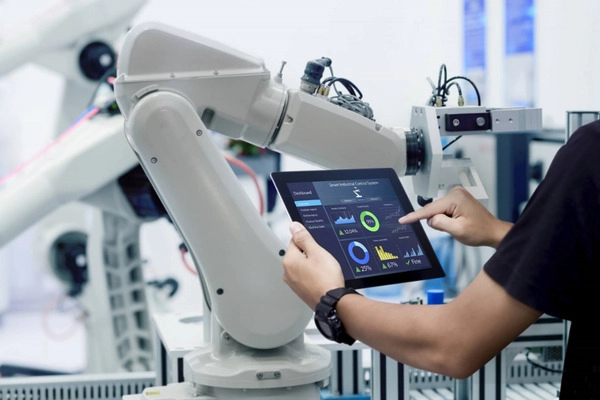
4. Transportation and Smart Cities
In urban environments, IoT optimizes traffic flow, monitors air quality, and manages public infrastructure. Smart traffic lights adjust based on vehicle density, while intelligent parking systems help drivers find spots quickly, reducing congestion and emissions.
TechNest has deployed an IoT platform on AWS for IP camera monitoring, using AI to analyze video and audio data, detect anomalies, and trigger alerts—enhancing urban security and infrastructure management.
Challenges and Solutions in IoT Application Development
Key Challenges
- Data Security Risks: With billions of devices online, the risk of data breaches and cyberattacks is significant.
- Lack of Standardization: Diverse protocols and platforms complicate integration and interoperability.
- High Initial Investment: Small businesses may hesitate due to the cost of implementing comprehensive IoT systems.
Strategic Solutions
- Enhanced Security Protocols: Use strong encryption, multi-layer authentication, and regular updates to protect data.
- AI and Cloud Integration: Artificial Intelligence accelerates data analysis, while cloud computing offers scalable storage and processing.
- System Standardization: Adopt open protocols and international standards to ensure device compatibility.
IoT Application Development is becoming the foundation of modern digital transformation. By enabling automation, intelligent connectivity, and real-time data analytics, it helps businesses optimize operations and make smarter decisions. As AI, 5G, and edge computing continue to advance, IoT Application Development will drive a new era of intelligent, adaptive, and connected systems—empowering enterprises to innovate, reduce costs, and lead in the global technology landscape.

